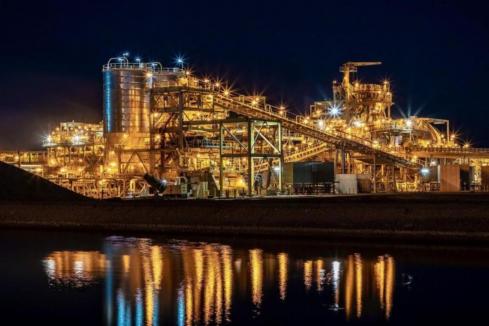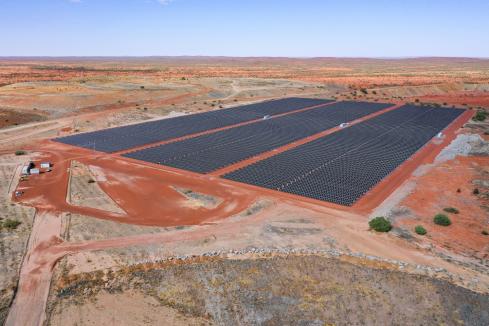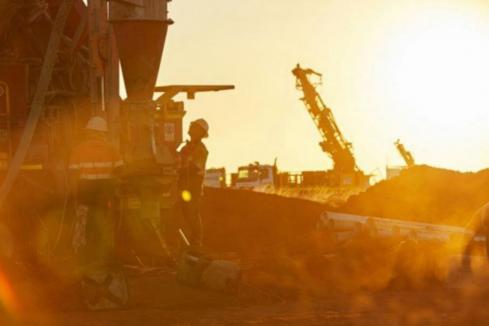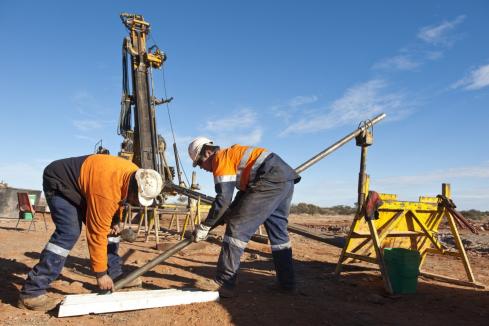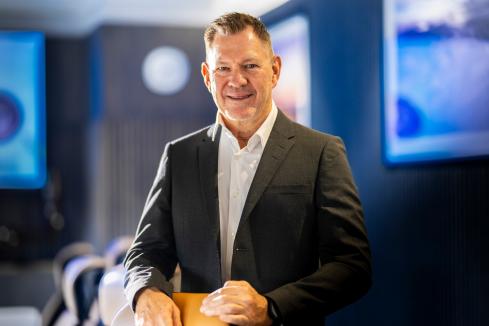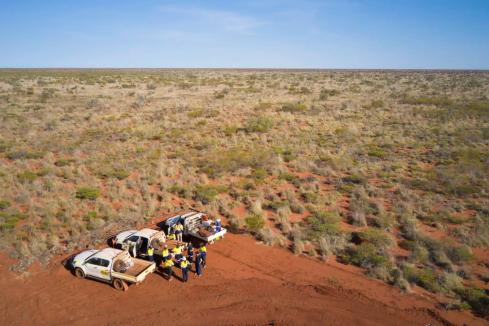Gold Road Resources’ lucrative path to production could be the catalyst for change in how gold juniors advance their projects.

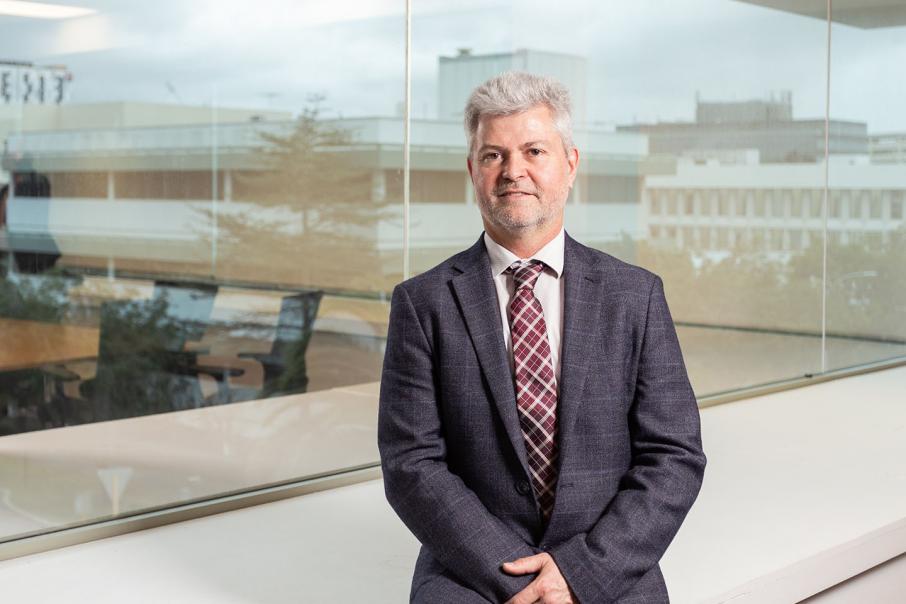
Gold Road Resources’ lucrative path to production could be the catalyst for change in how gold juniors advance their projects.
In 2013, Gold Road Resources made one of Australia’s largest greenfields gold finds this century when it discovered the Gruyere deposit around 200 kilometres east of Laverton.
The company developed the project to the feasibility study stage, before it sold a $350 million, 50 per cent operating stake to Gold Fields in 2016.
Duncan Gibbs, who took the helm of Gold Road from Ian Murray in September 2018, pointed to the deal as a pivotal factor that sustained the company’s momentum from the momentous discovery of Gruyere to its current position.
“It meant we did not have to dilute shareholder value, and it also meant we had that extra level of expertise that comes with being partnered with a major gold producer,” Mr Gibbs told Business News.
“It’s difficult as a small company to bring a big asset into production; there are a lot of people and systems you have to establish from scratch.”
(click to view a PDF version of the full special report)
As with other recent major mining projects in Western Australia, the Gruyere project suffered cost blowouts, with scope changes, higher labor and equipment costs, and unforeseen extreme rainfall during critical points of construction contributing to its capex rising steeply from $507 million to $621 million.
This significant cost overrun could have been enough to bury the company in the ever-growing Goldfields graveyard of juniors.
However, the deal with Gold Fields included a $51 million capital cost overrun guarantee, and the deep-pocketed major provided the capital to help overcome these issues.
HopgoodGanim Lawyers partner Paul Harley said Gold Road had cut a good deal with its joint venture partner in terms of sharing risk.
“They put the risk of operation, execution and ramp-up with the party most able to execute that and carry that risk,” Mr Harley told Business News.
“The explorer stuck to what it did best – exploration.”
Mr Harley said farm-out agreements, which could have similar arrangements, already existed in the industry, but Gold Road’s example could serve as the impetus for these deal structures becoming more prevalent.
“I think successful joint ventures in the future will involve juniors getting rewarded for doing the early hard yards, and advancement with free carry by the major, because there’s no point in sending them out into the world to raise money in this bad equity market when the major has the funds,” he said.
Argonaut analyst James Wilson echoed Mr Harley’s sentiment.
“Things have been turning around for the gold explorers, but there’s still a big disparity between gold miners and explorers in terms of what people value them at,” Mr Wilson told Business News.
“It is still not an easy task to raise substantial amounts of equity if you’re a junior.”
While many gold juniors have not enjoyed the share price run of their larger counterparts, Gold Road’s stock has soared from 9 cents by the end of 2013 to $1.35 at the time of publication, with a debut on the ASX 200 this month cementing its success.
Gold Road is unlikely to just rest on the success of developments at Gruyere, however, as Mr Gibbs has a persistent desire to pioneer the development of the state’s next big gold mine.
Gruyere’s average production is forecast to reach 300,000 ounces per annum across its 12-year life, which will make it the largest new gold mine in WA, in terms of annual output, since the AngloGold Ashanti-operated Tropicana started operations in 2012.
Mr Gibbs, who managed the Tropicana project from its early exploratory days into production, said he was focused on bringing another major WA gold project online once the dust settled on Gruyere and its operations reached capacity.
“Our game plan at Gold Road is trying to find the next big mine, one that can support a big standalone plant,” he said.
“Our overall tenement package in WA is around 180km from one end to the other, and we’ve spent $40 million on it over the past couple of years.
“It’s one of the largest greenfields gold exploration portfolios in Australia, probably in the world.”
Mr Gibbs said despite the current surging gold price, there were not many shovel-ready gold projects in the state, leaving the door wide open for a new endeavour.
“There are a couple there, but they are not big projects,” he said.








